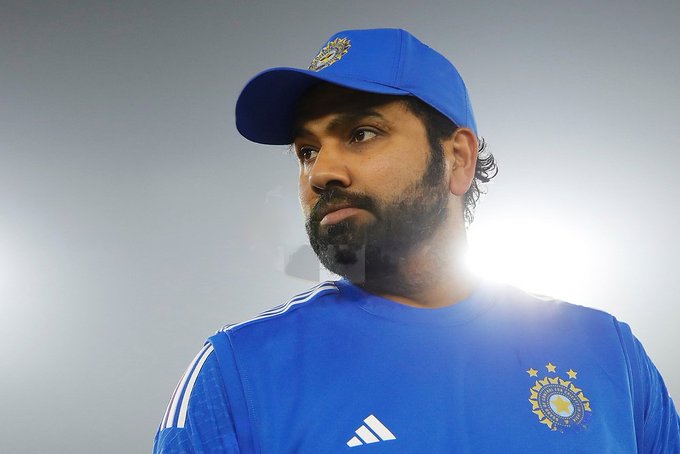
A part of existence is an ongoing conflict. What’s right and wrong? How much is too much? Where to draw a line? Sensitive matters hinge on these and sometimes, there are no easy answers. That’s the time for common sense. In the absence of a rulebook, discretion based on experience becomes the way out.
Privacy in public life is a contentious issue. When a cricketer as part of a team is out in the open playing, sitting in the dugout, chatting with someone or carrying drinks, he or she is in the public eye. Their actions and expressions are beamed across the globe. At times, their near ones who have nothing to do with cricket are on screen.
Rohit Sharma’s statement that showing personal conversations from the sidelines of play, with audio grabs, amounts to crossing the line is significant. Indian cricketers usually don’t speak out against broadcast rights holders. Probably, they think it is going against the establishment. Rohit being the India captain makes his comment more noteworthy.
The Mumbai Indians star was upset that his chat with friends in the stands at the Wankhede Stadium was run with audio. “Despite asking Star Sports to not record my conversation, it was and was also then played on air, which is a breach of privacy,” read Rohit’s post on X.
The player contracted with Reliance, which owns Jio – a rival of Star in the broadcast battle – added that “the lives of cricketers have become so intrusive that cameras are now recording every step and conversation we are having in privacy with our friends and colleagues”. If this goes on, it will “one day break the trust between the fans, cricketers and cricket.”
For the Latest Sports News: Click Here

Something similar became one of the headlines of IPL 2024. Visuals of Sanjiv Goenka, owner of Lucknow Super Giants, having an animated discussion with KL Rahul, the captain, after a crushing defeat against Sunrisers Hyderabad went viral. It had no sound. Goenka and Rahul didn’t complain.
The broadcasters pay astronomical sums for exclusive rights. They are entitled to show happenings inside the stadium. It could be cricket, people in the dugout chewing nails, fan reactions and what not. Catering to the notion that the viewer wants something new, they innovate to generate content.
Rohit knows this. His remark essentially asks how far the rights holders can go in their attempt to enhance the value of their product. Should they exercise restraint? Audio feed from the stump cam is generally muted because exchanges in the centre are at times improper for families with children. Should all potentially sensitive material be kept away from public consumption even if it’s recorded?
That line has blurred due to the urge to stay ahead of the competition. Forget broadcasters. Teams release social media reels and videos of celebrations and sundry talk from the dressing room. Players engage with fans on social media to share stories, feelings and opinions. This is a publicity tool. Principles regarding privacy don’t act as an impediment then.
Live visuals of a private chat between two players who go back a long way was unwarranted because it contained audio, and those responsible eventually deleted it. There would have been no hue and cry if Rohit and Abhishek Nayar were just seen talking. The sound bites took it a bit too far. There are many in agreement with Rohit that this amounted to a breach of trust.
But then, how to define transgression? In the absence of guidelines, audio is the problem in one instance, and something else in another. How much is too much and what constitutes privacy in the public space? It’s an endless discourse, with pros and cons on both sides. That makes common sense the best tool to deal with this. It’s old, but it works. Do what is needed without bringing the house down.
Also Read: The essence of RCB’s stunning turnaround in IPL 2024




